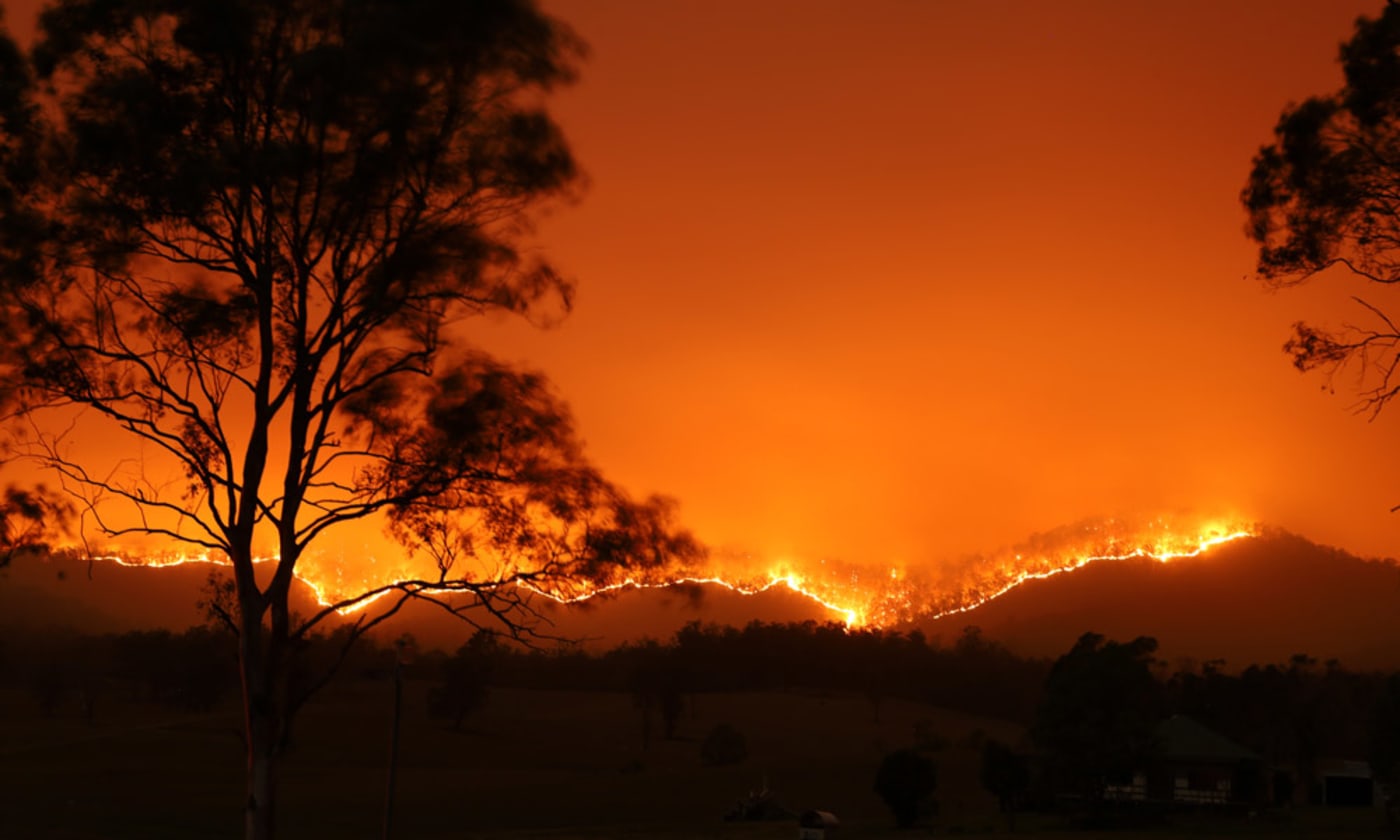BMP Basics: Securing Your Residential Property Against Bushfire Risks
Wiki Article
The Relevance of Bushfire Administration in Fire Protection
In the world of fire protection, the significance of reliable bushfire management can not be understated. As neighborhoods around the world come to grips with enhancing instances of wildfires, the proactive technique to stop and reducing these natural calamities via critical bushfire monitoring methods has actually emerged as an essential aspect. Past the immediate risk to human life and property, the interplay between bushfire administration and ecological preservation, community participation, and environment modification positions complex difficulties that need extensive solutions.Importance of Proactive Bushfire Prevention
Proactive bushfire prevention approaches are important in alleviating the devastating influences of wildfires on ecosystems and neighborhoods. One crucial facet of aggressive bushfire avoidance is fuel monitoring.Educating the public on fire safety and security methods and advertising area recognition about the significance of bushfire prevention are crucial parts of aggressive approaches. Eventually, proactive bushfire avoidance plays a substantial duty in protecting communities and communities from the damaging influences of wildfires.
Duty of Community Interaction in Fire Protection
Involving the area in fire defense efforts is essential to boosting the effectiveness of positive bushfire prevention approaches. Neighborhood engagement plays a critical role in promoting a collective understanding of the risks positioned by bushfires and the value of preparedness procedures. By including neighborhood residents, authorities can disseminate important info on fire safety and security techniques, evacuation treatments, and very early caution systems, equipping people to take aggressive actions to secure their lives and residential properties.By promoting a society of preparedness and partnership, communities can reinforce their capability to respond efficiently to bushfire emergencies, reducing the effect on residential or commercial properties and lives. Ultimately, community engagement is a cornerstone of detailed fire protection techniques, stressing the importance of cumulative action in securing susceptible areas from the threat of bushfires.
Importance of Wild Animals Conservation in Bushfire Monitoring
Conservation of wild animals plays a critical role in effective bushfire management approaches, guaranteeing the security of diverse ecological communities and biodiversity in fire-prone regions. Wildlife preservation is crucial as it adds to the total strength of ecological communities, aiding in their capacity to stand up to and recover from the impact of bushfires. By conserving environments and protecting different types, the natural equilibrium within these ecosystems is kept, which is vital for their lasting wellness and sustainability.Furthermore, wild animals conservation also helps in decreasing the threat and strength of bushfires. Healthy and balanced communities with well-preserved wild animals populations can serve as all-natural firebreaks, reducing the spread of fires and restricting their damaging capacity (Bushfire Risk). Certain pet types, like burrowing pets or birds that spread out seeds, play distinct duties in avoiding fires or aiding in the post-fire regrowth of habitats
Integrating wildlife conservation into bushfire monitoring strategies is not just necessary for guarding biodiversity yet additionally for promoting the overall health and wellness and resilience of ecological communities when faced with enhancing fire dangers.
Advantages of Strategic Fuel Decrease Programs
Purposefully applying gas reduction programs is crucial in minimizing the risk and effect of bushfires in fire-prone regions. These programs include regulated burning, mechanical cleaning, and other methods to reduce the quantity of combustible greenery offered to fuel wildfires. By strategically lowering gas loads in essential locations, such as near residential neighborhoods or crucial infrastructure, the intensity and spread of bushfires can be dramatically lowered.One of the main advantages of fuel decrease programs is the enhancement of general fire durability in an ecosystem. By developing tactical gas breaks and reducing the continuity of vegetation, these programs help to interrupt the course of a bushfire, making it much easier for firefighters to snuff out the blaze and consist of. Furthermore, fuel reduction programs can safeguard biodiversity by protecting against excessively intense fires that can devastate habitats and intimidate wild animals populaces.
Additionally, these programs can also safeguard human lives and property by reducing the risk of catastrophic fires that position a considerable danger to areas. Inevitably, strategic gas reduction programs play an important role in positive bushfire administration and cultivating a more secure atmosphere for both people and nature.
Influence of Climate Change on Bushfire Risk

Higher temperatures result in drier plants, making it more prone to ignition. Minimized rains in particular regions prolongs drought problems, additionally enhancing the flammability of the landscape. In addition, the altering climate has actually modified wind patterns and climatic conditions, resulting in even more unpredictable fire behavior and quick fire spread.
As the environment remains to change, the regularity and intensity of bushfires are anticipated to increase, necessitating a adaptive and proactive approach to bushfire administration. Methods need to progress to make up the altering risk landscape, integrating climate forecasts and taking into consideration lasting strength in fire administration preparation. Addressing the effect of environment change on bushfire threat is critical in developing effective methods to protect lives, building, and the atmosphere.
Verdict
Finally, positive bushfire avoidance, neighborhood interaction, Home Page wildlife conservation, tactical gas decrease programs, and consideration of environment change are essential components in reliable fire defense. By executing these techniques, we can much better manage bushfire risks and secure both human lives see this and the setting. BAL Assessment. It is important that stakeholders interact to prioritize these steps to reduce the damaging effect of bushfires on ecosystems and communities

As the climate proceeds to change, the regularity and strength of bushfires are anticipated to increase, demanding a flexible and positive technique to bushfire administration.In conclusion, aggressive bushfire avoidance, community involvement, wild animals preservation, calculated gas decrease programs, and consideration of environment change are essential directory elements in efficient fire protection.
Report this wiki page